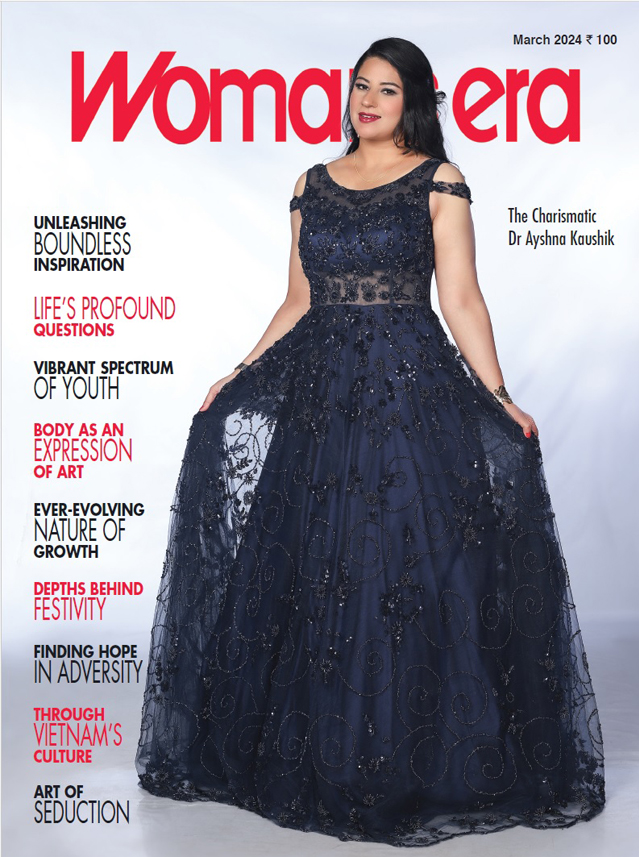When And Why Do Children Need Braces?

Braces can correct different dental issues, including:
- crooked
- gapped
- rotated
- crowded teeth
There are various types of braces, including:
- traditional metal braces
- ceramic braces
- clear aligners (Invisalign)
Braces don’t simply correct anyone’s teeth issues but also enhance the smile’s appearance, health, and function.

What can dental braces do?
Dental braces can straighten the teeth and correct a range of orthodontic problems, such as:
- Crooked teeth
- Gapped teeth
- Crowded teeth
- Malocclusion
Affordable children’s orthodontist braces are wearing braces, but adult braces are very common as well. About 20% of all orthodontic patients in the US who are more than 18 years old are placing braces. Yet, some of the general dentists are offering them as well.
Braces are mild and with constant pressure to shift the teeth into proper positions over time. The exact way it happens depends on the type of the chosen braces.
Types of braces
There are various types of braces. The type that is best for you will depend on a few factors, including:
- kind of issue you have
- the severity of the condition and
- the personal preferences
Here are the types of braces:
- Metal braces. When thinking of braces, the traditional metal braces can be what you have imagined. Metal braces are using:
- stainless steel bands
- Brackets
- wires
A dentist or orthodontist bonds a bracket on each tooth and then places a thin flexible archwire over the brackets. The tiny elastic bands are called ligatures to keep the wire firmly in place. The metal braces are very visible when smiling. To make the braces less noticeable, choose clear tooth ligatures. When you feel festive, you may choose brightly coloured ligatures.
- Ceramic braces. The ceramic braces sometimes called clear braces will work like metal braces. The difference is the brackets, ligatures, and wires.
- Lingual braces. The lingual braces are the same as the traditional braces. Yet, it goes to the back surfaces of the teeth rather than the front. Most people choose lingual braces because they don’t want other people to tell them they have braces.
- Self-ligating braces. The self-ligating braces look the same as the traditional metal braces. The primary difference is that the braces use a built-in system, holding the archwire in place.
- Clear aligners. Some people call it invisible braces; these are braces alternatives. Instead of wires and brackets, clear aligners use a series of customized trays to align the teeth. In these systems, you will be wearing a set of aligner trays for about two weeks. You swap those trays for another next set in the series. Unlike the metal braces, the aligners are removable. Yet, you have to wear them for 22 hours daily. You must only take aligners out to eat, brush, and eat.
When is the best time for braces?
The best and right time for a brace is between 9 years old and 14. At this age, the facial bones and jaws are more flexible because they are still developing. Adult braces can be effective, but it takes time to take effect because the desired results are achieved.










